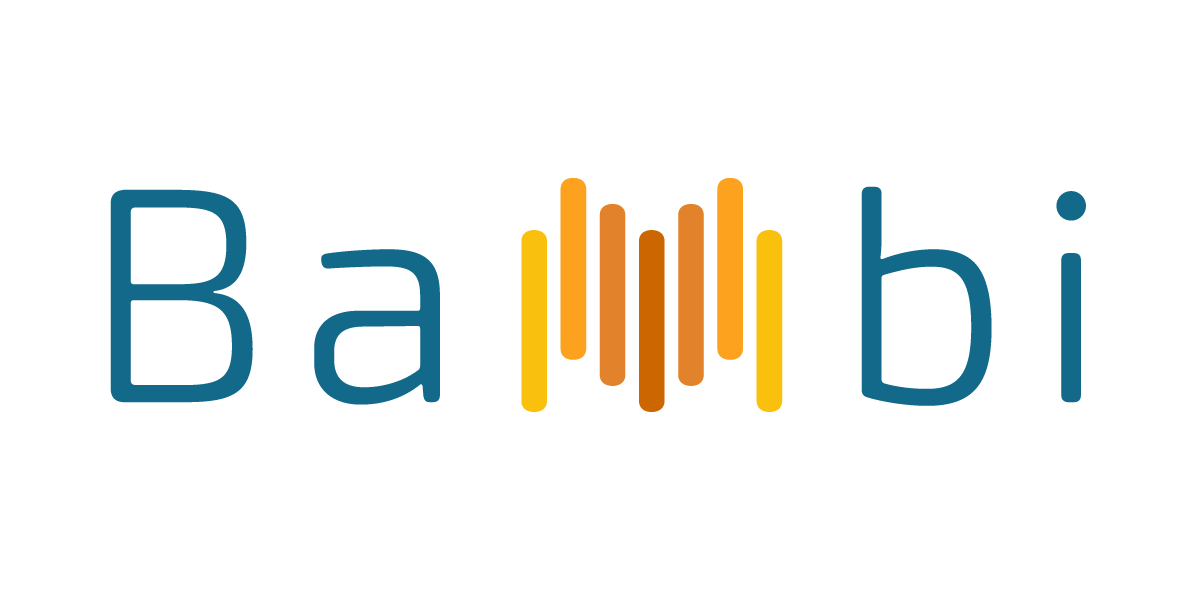BAyesian Model-Building Interface in Python
Bambi is a high-level Bayesian model-building interface written in Python. It's built on top of the PyMC probabilistic programming framework, and is designed to make it extremely easy to fit mixed-effects models common in social sciences settings using a Bayesian approach.
Bambi requires a working Python interpreter (3.8+). We recommend installing Python and key numerical libraries using the Anaconda Distribution, which has one-click installers available on all major platforms.
Assuming a standard Python environment is installed on your machine (including pip), Bambi itself can be installed in one line using pip:
pip install bambi
Alternatively, if you want the bleeding edge version of the package you can install from GitHub:
pip install git+https://github.com/bambinos/bambi.git
Bambi requires working versions of ArviZ, formulae, NumPy, pandas and PyMC. Dependencies are listed in pyproject.toml and should all be installed by the Bambi installer; no further action should be required.
In the following two examples we assume the following basic setup
import bambi as bmb
import numpy as np
import pandas as pd
data = pd.DataFrame({
"y": np.random.normal(size=50),
"g": np.random.choice(["Yes", "No"], size=50),
"x1": np.random.normal(size=50),
"x2": np.random.normal(size=50)
})model = bmb.Model("y ~ x1 + x2", data)
fitted = model.fit()In the first line we create and build a Bambi Model. The second line tells the sampler to start
running and it returns an InferenceData object, which can be passed to several ArviZ functions
such as az.summary() to get a summary of the parameters distribution and sample diagnostics or
az.plot_trace() to visualize them.
Here we just add the family argument set to "bernoulli" to tell Bambi we are modelling a binary
response. By default, it uses a logit link. We can also use some syntax sugar to specify which event
we want to model. We just say g['Yes'] and Bambi will understand we want to model the probability
of a "Yes" response. But this notation is not mandatory. If we use "g ~ x1 + x2", Bambi will
pick one of the events to model and will inform us which one it picked.
model = bmb.Model("g['Yes'] ~ x1 + x2", data, family="bernoulli")
fitted = model.fit()The Bambi documentation can be found in the official docs
If you use Bambi and want to cite it please use
@article{Capretto2022,
title={Bambi: A Simple Interface for Fitting Bayesian Linear Models in Python},
volume={103},
url={https://www.jstatsoft.org/index.php/jss/article/view/v103i15},
doi={10.18637/jss.v103.i15},
number={15},
journal={Journal of Statistical Software},
author={Capretto, Tomás and Piho, Camen and Kumar, Ravin and Westfall, Jacob and Yarkoni, Tal and Martin, Osvaldo A},
year={2022},
pages={1–29}
}
Bambi is a community project and welcomes contributions. Additional information can be found in the Contributing Readme.
For a list of contributors see the GitHub contributor page
If you want to support Bambi financially, you can make a donation to our sister project PyMC.
Bambi wishes to maintain a positive community. Additional details can be found in the Code of Conduct


